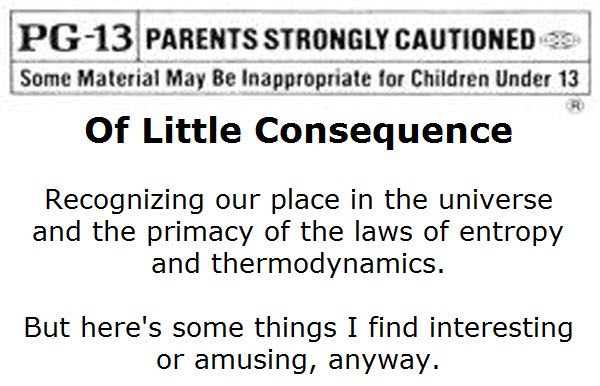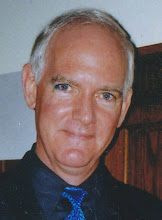Scientists outline a 20-year master plan for the global renaissance of nuclear energy that could see nuclear reactors with replaceable parts, portable mini-reactors, and ship-borne reactors supplying countries with clean energy, in research published today in the journal Science.
The scientists, from Imperial College London and the University of Cambridge, suggest a two-stage plan in their review paper that could see countries with existing nuclear infrastructure replacing or extending the life of nuclear power stations, followed by a second phase of global expansion in the industry by the year 2030. The team say their roadmap could fill an energy gap as old nuclear, gas and coal fired plants around the world are decommissioned, while helping to reduce the planet's dependency on fossil fuels.
Professor Robin Grimes, from the Department of Materials at Imperial College London, says: "Our study explores the exciting opportunities that a renaissance in nuclear energy could bring to the world. Imagine portable nuclear power plants at the end of their working lives that can be safely shipped back by to the manufacturer for recycling, eliminating the need for countries to deal with radioactive waste. With the right investment, these new technologies could be feasible. Concerns about climate change, energy security and depleting fossil fuel reserves have spurred a revival of interest in nuclear power generation and our research sets out a strategy for growing the industry long-term, while processing and transporting nuclear waste in a safe and responsible way."
The researchers suggest in their study that based on how technologies are developing, new types of reactors could come online that are much more efficient than current reactors by 2030. At the moment, most countries have light water reactors, which only use a small percentage of the uranium for energy, which means that the uranium is used inefficiently. The team suggest that new 'fast reactors' could be developed that could use uranium approximately 15 times more efficiently, which would mean that uranium supplies could last longer, ensuring energy security for countries.
Another idea is to develop reactors with replaceable parts so that they can last in excess of 70 years, compared to 40 or 50 years that plants can currently operate at. Reactors are subjected to harsh conditions including extreme radiation and temperatures, meaning that parts degrade over time, affecting the life of the reactor. Making replaceable parts for reactors would make them more cost effective and safe to run over longer periods of time
==============================================
Note from Bill Krog:
it's already happening: check out info about Hyperion Power Generation at http://www.hyperionpowergeneration.com/
They are in the production stage now -- and have hundreds of overseas orders -- for the "Hyperion Power Module", which basically is likened to a nuclear battery.
Which technology licensed to them by Los Alamos National Laboratories, the company is in production of a Nuclear Power Module, which is basically a 1.5 meter by 2 meter, self contained and sealed cube. It needs no complicated outside control station or system, is self-regulating and incapable of 'melt-down' type accidents, and is deliverable to the emplacement site worldwide by flatbed truck, ship or railcar. Once its delivered, all that's needed is (for security purposes) to dig a hole, bury it and surround it by a fence. The modular units will deliver 25MW of electicity energy (enough for about 20-25,000 American-style homes ) for 8-10 years. ("Stackable" for greater output). They are emplaced by the Company, and when they near the end of their useful life, the Company simply replaces them, like a battery.
They have NO carbon output/footprint, release NO gases, warmed water, particulates, etc, into the atmosphere, produce NO measureable radioacivity outside their own structure, cannot 'melt-down' or 'runaway' and neither use nor produce any nuclear materials which are usable in weapons-making applications, and fully meet all IAEA non-proliferation standards. You won't find a wind- or solar-based solution which will give you years of 25MW of base-load electricity 24/7/365, reagardless of whether the wind is blowing or not, or if the sun is shining or not, and which doesn't require hundreds or thousands of acres of land.
Subscribe to:
Post Comments (Atom)


No comments:
Post a Comment